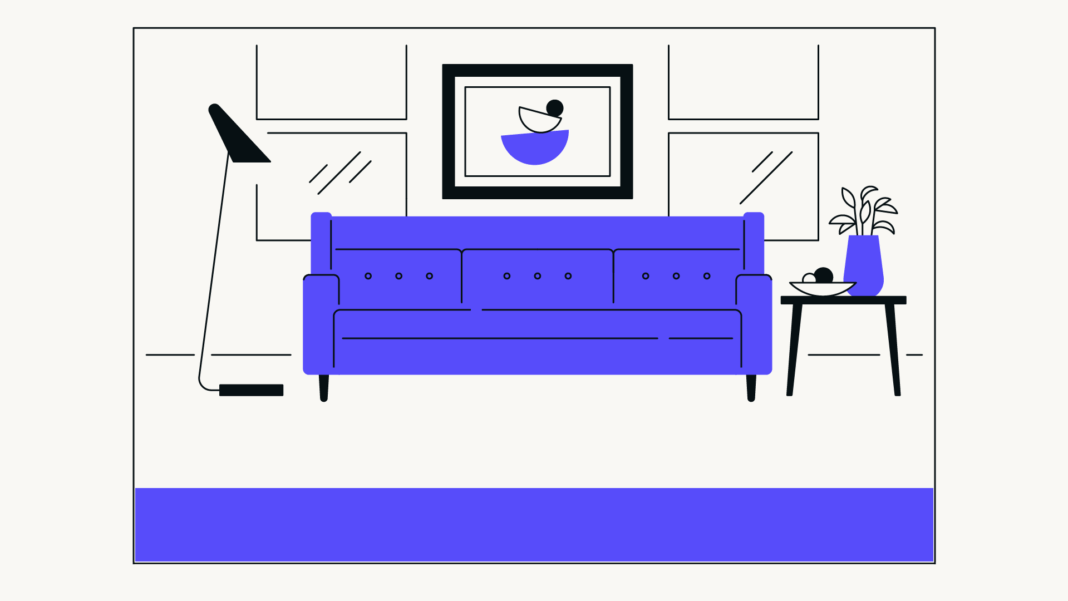This year has been an unprecedented time for every industry, and real estate is no exception. IoT is transforming the home selling/buying process by making it more efficient and accessible online. Virtual staging is a prime example of an innovation that helps real estate professionals and home sellers/buyers alike.
Staging digitally is disrupting the process for realtors and home sellers because it is extremely more efficient than traditional home staging. Plus, the no-contact nature of digital home staging is valuable during the COVID-19 pandemic. Virtual home staging allows graphic designers to style a room with furniture, art, and lighting to create highly realistic photographs for buyers to view. Nothing is more important than creating a beautiful interior when you’re looking to convey an inviting space to entice potential buyers.
With this type of staging, a home and its interior can fit any aesthetic. It’s much easier to change paint colors virtually, and different rooms can be showcased in different ways, depending on the potential buyer’s vision. For example, you could easily stage the same multipurpose room as a home office or a guest bedroom depending on the need.
However, like all tech advancements, virtual home staging receives its fair share of criticism. Digitally enhanced images can be misleading and ultimately turn away buyers if you’re not careful. Be careful not to warp the perception of any rooms to the point of selling a space that looks nothing like the virtually staged picture. The cons
Replacing in-person showings with digitally-staged images and virtual tours is a great way to eliminate the risk of spreading COVID-19 as a home seller. Want to take a closer look at the ins and outs of virtual staging this year? The interesting visual guide from The Zebra can be found below.






